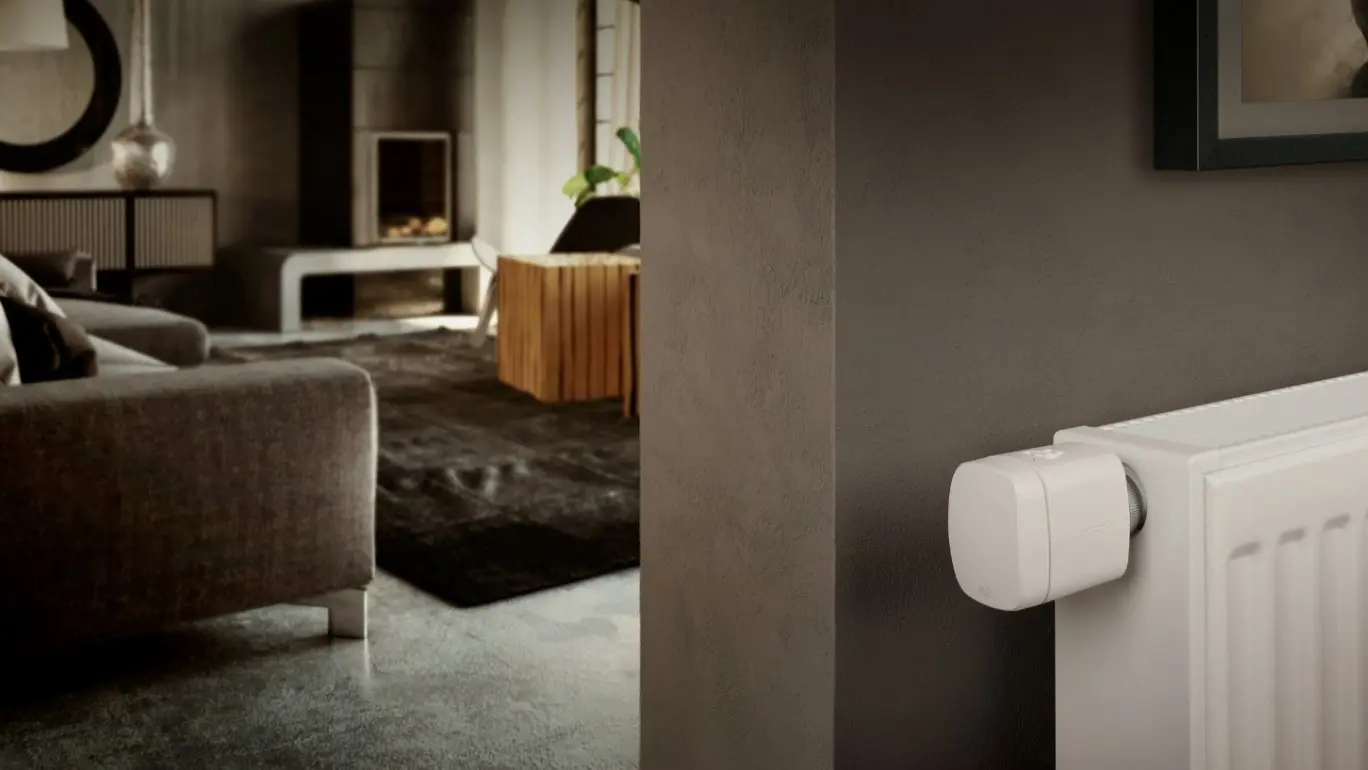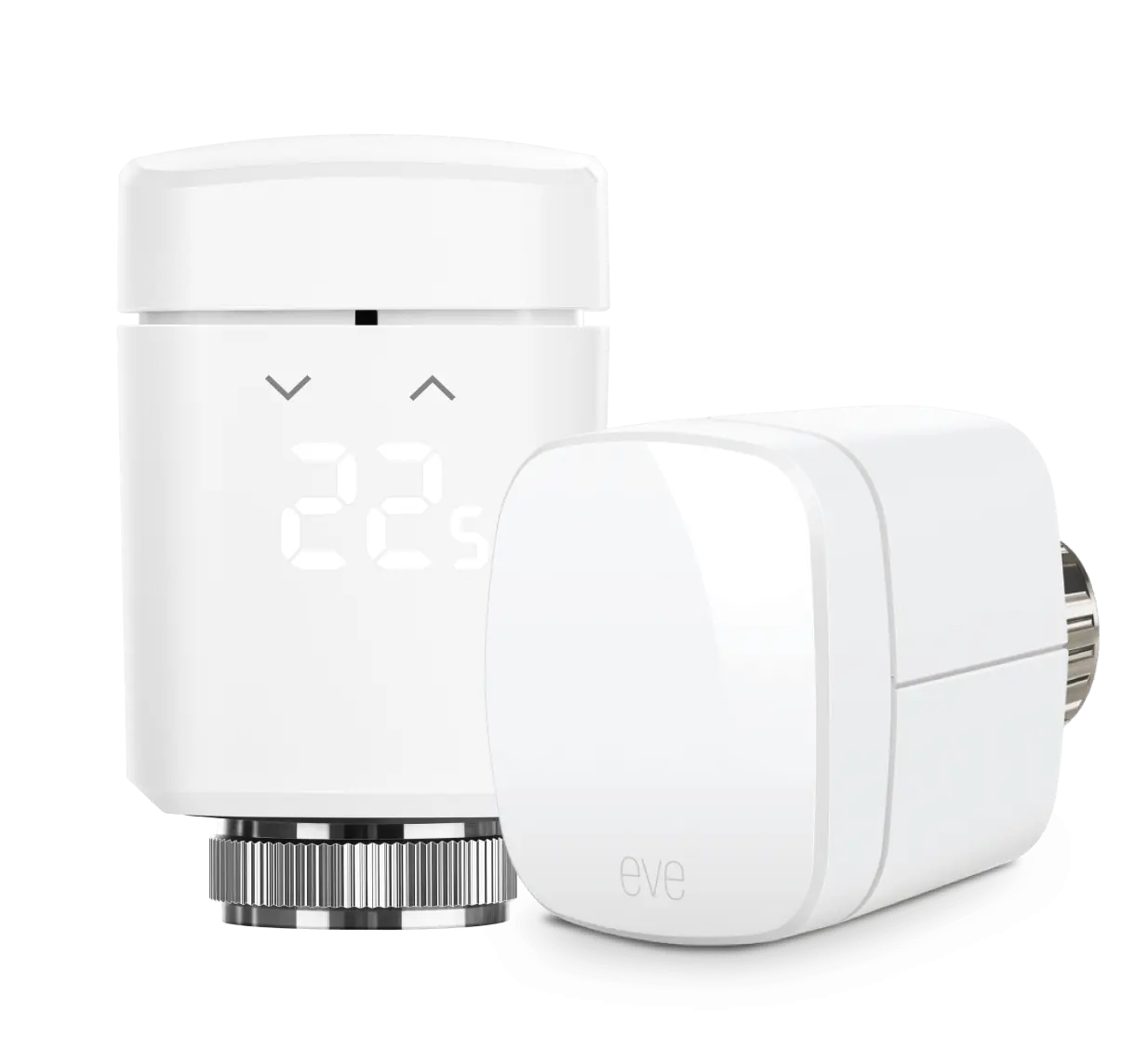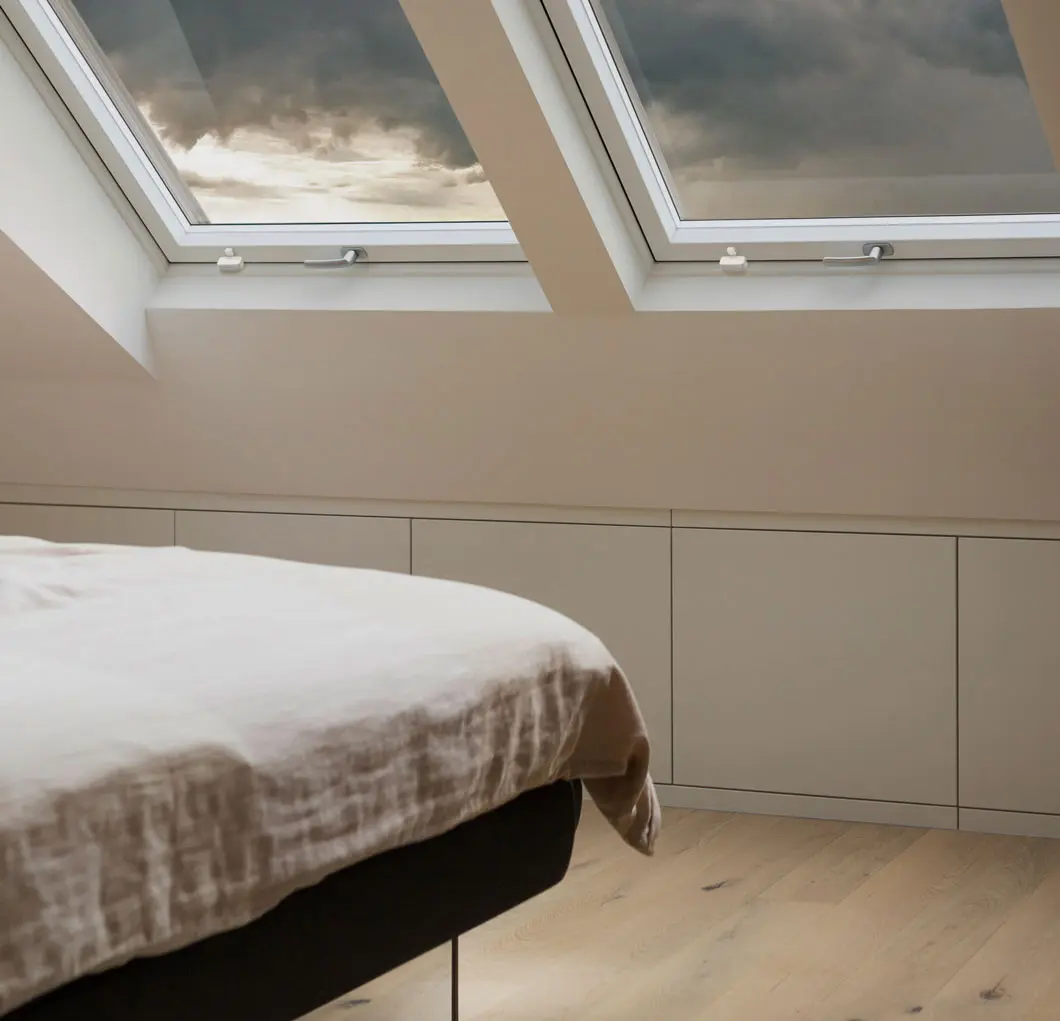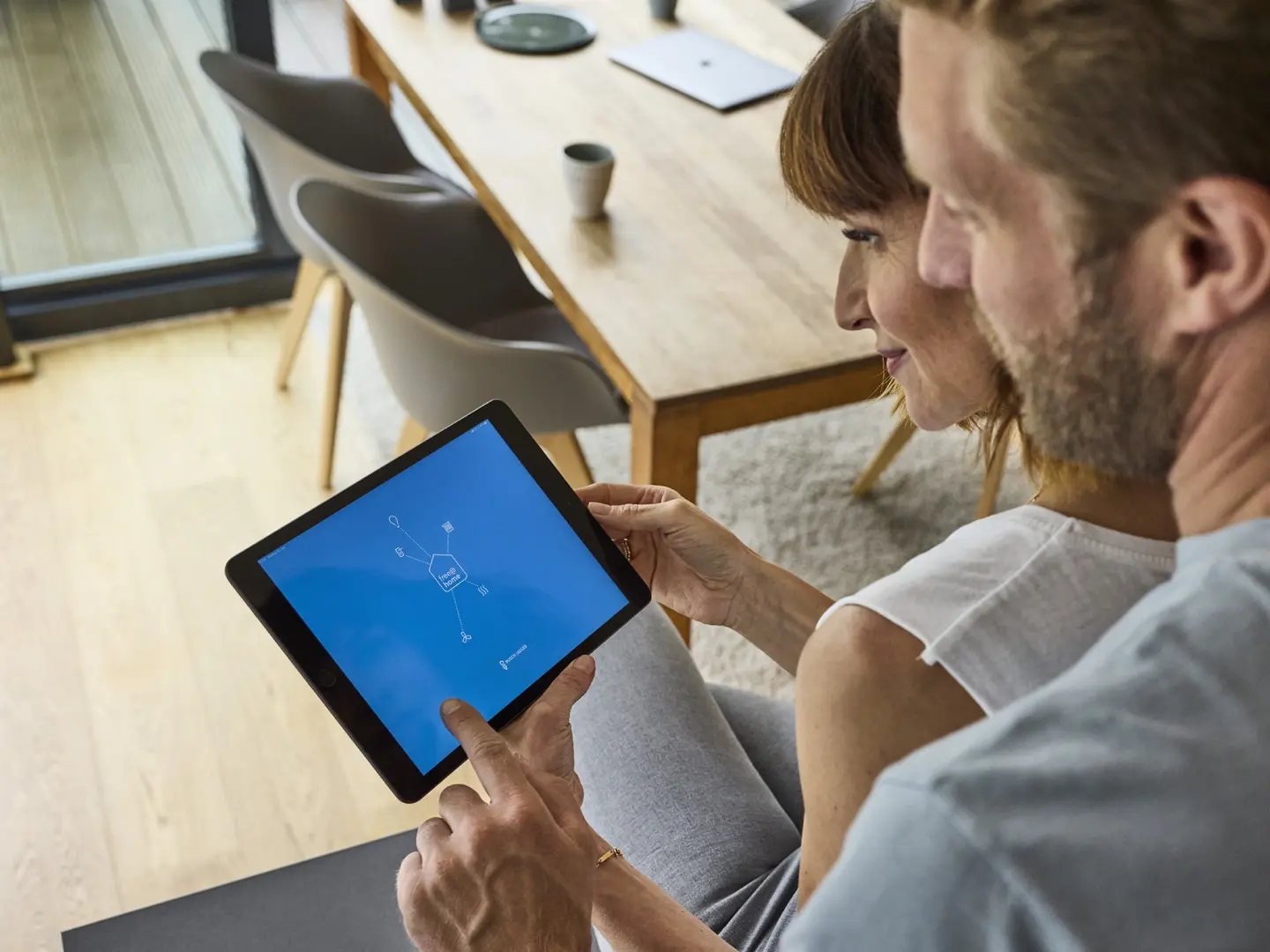The order could not be shipped.
The order was successfully shipped.

Cosy through the winter
Heating season
Join us into the heating season - we bring warmth, comfort and savings directly to your home! In this article, you'll find out how to stay cosy through the winter and keep your energy costs under control at the same time.
Figures, data and facts
The 41 million households in Germany consume around 670 terawatt hours of energy for heat and electricity every year. One terawatt hour (TWh) corresponds to one billion kilowatt hours (kWh). A large figure that you can significantly reduce with a few small energy-saving tips - whether in a rented flat or in your own home.
29 % of total energy consumption in Germany is accounted for by private households.
67 % of our household energy consumption is used for heating. The greatest potential for savings therefore lies in heating and hot water.
The heating basics
-
Can you hear it gurgling? Then you may need to bleed the radiator, preferably at the start of each heating period. This is because if there is air in the radiator, it will not get completely warm and the heating system will have to use more energy. You may also need to top up the water. In an apartment block with central heating, speak directly to the landlord or property management, as tenants are usually unable to check the heating pressure themselves.
-
So do not place a large couch or other furniture directly in front of it. Curtains should not cover the radiator either, otherwise the heating energy cannot be fully utilised. Simple rule: Every radiator should be clearly visible. And keep them nice and clean, as dust deposits reduce heating performance.
-
Leaky external doors and windows increase heat loss and cause unpleasant draughts. Here's how you can test it: Clamp a sheet of paper between the frame and the closed window, if the paper cannot be pulled out, the window is tight enough. A sealing profile can be retrofitted to draughty house and flat doors.
-
Lowering the temperature at night or activating night mode saves energy. The heating time and temperature can be set easily and individually with an appropriate room temperature controller. (Further information on room temperature controllers)
- Weitere Informationen zu Raumtemperaturreglern
Heating correctly
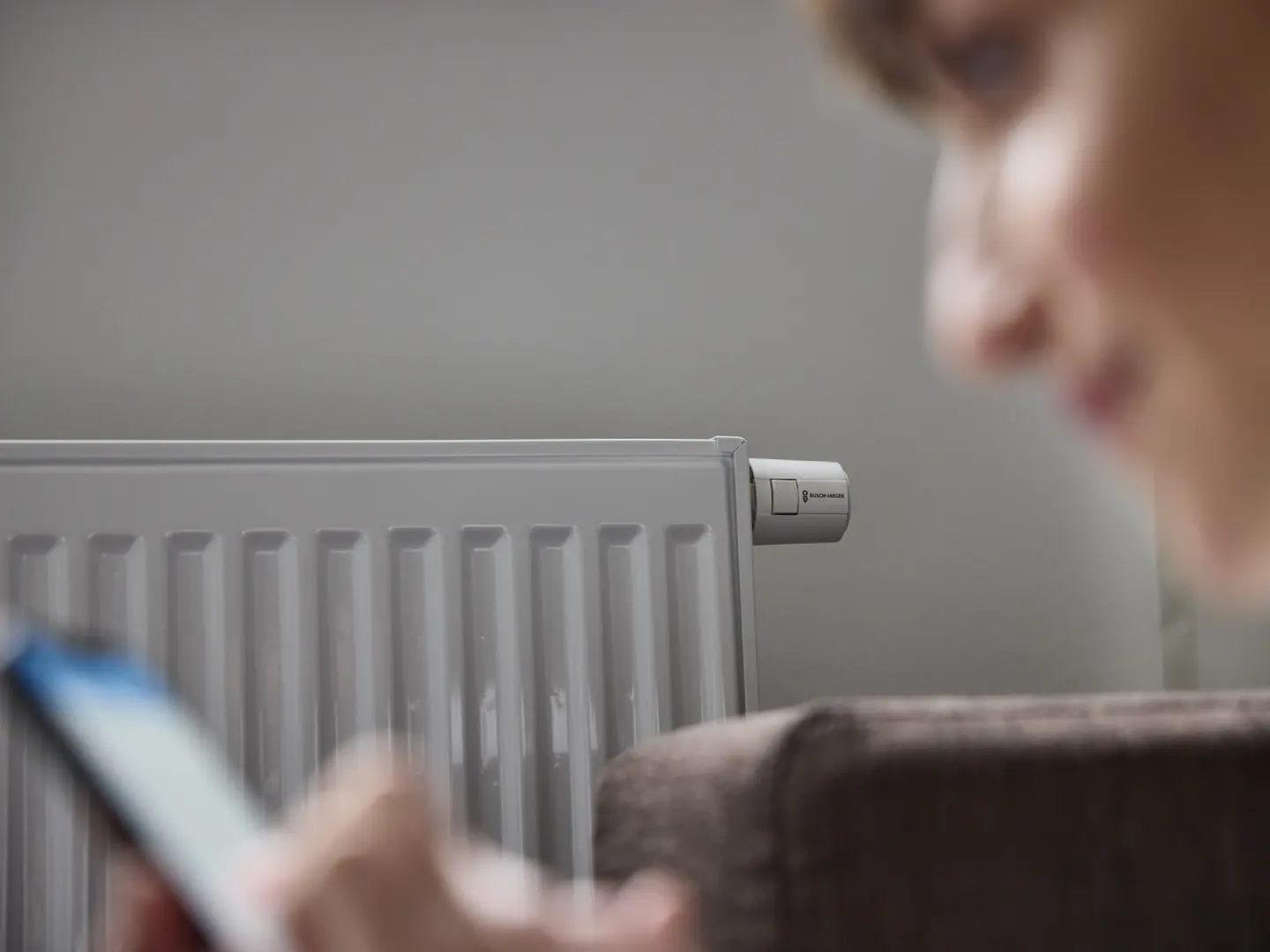
Heating correctly
Autumn and winter are all about: Switch on the heating. Despite the high energy prices, a cosy, warm home can remain affordable. We have three tips for you on how you can quickly and easily create a comfortable indoor climate during the heating season and still keep costs under control. How to keep warm:
- Don't turn the heating up to "full blast": Overheated rooms cost unnecessary energy. Every degree less reduces consumption by around six per cent. Living rooms are at an ideal temperature of 20 to 22 degrees. In the bedroom, 16 to 18 degrees is often enough. In the kitchen and hallway 18 degrees and in the bathroom 22 to 23 degrees. However, you should not allow the temperature to fall below 15 degrees, otherwise there is a risk of mould.
- Close the door: A simple energy-saving tip for everyday life with a big impact. You can save up to five per cent on heating costs in your house or flat by closing the doors between rooms. Especially to the bedroom, which many people prefer to be cooler. Doors to the hallway or cellar and attic should also remain closed to prevent heat escaping unnecessarily.
- The right setting: With heating thermostats, you can set the individual comfort temperature in each room. Usually around 20 degrees Celsius is reached at level 3, with a difference of three to four degrees between each level. The lowest level 1 of a thermostat corresponds to around 12 degrees. At level 5, you can expect a temperature of 28 degrees.

